What Is Stirrup Bender And How To Use
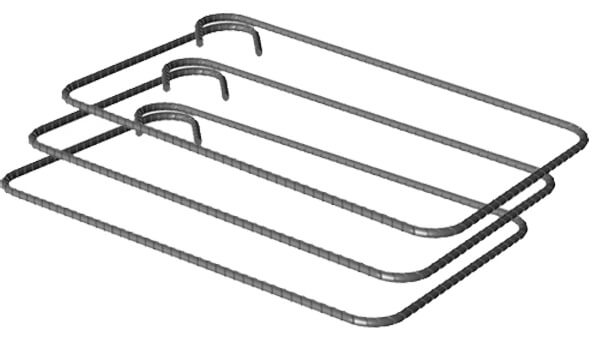
Stirrups are closed loops of reinforcement bars that function as a means of holding the main reinforcement (RFT) bars together in a reinforced concrete element.
Depending on the design and shape of the elements, stirrups can come in a variety of shapes. Typically, stirrups are made from steel rods wrapped around the top and bottom beams (rectangular shape) or columns (rectangular or circular shape). Stirrups hold reinforcement bars in place.
It is necessary to install stirrups on columns and beams to prevent them from buckling and to resist lateral loads such as earthquakes. Stirrups are particularly made by bending steel reinforcement. Therefore, a mechanism for bending is very important.
In the article, we will discuss what machine we have to bend the stirrups and how we can use them.
stirrup bender for sale, start from $200
Contents
What Is Stirrup Bender
Building and construction industries can use this machine in a wide range of ways. A stirrup-making machine is like a bar bending machine in some ways, but it has some features that a normal bending machine doesn’t.
The Stirrup bender can bend bar, rebar, reinforcing bar, and steel within 180° into different shapes according to various settings, for example, triangle, quadrangle, pentagon, polygon, and ring.
Additionally, this machine can bend metal into a “U” shape. Because of this, stirrup bending machines are also called U-bending machines.
Manual stirrup bender
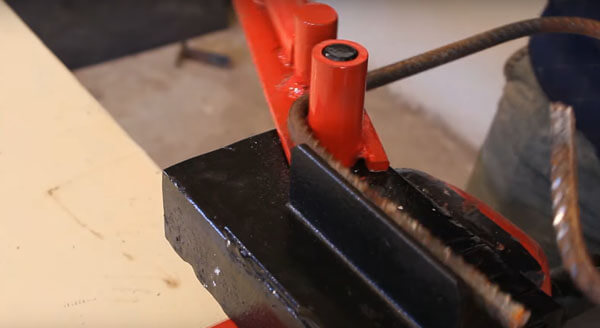
The manual rebar bender/manual stirrup bending machine can usually fold one bar at once. With no need for electricity or a power supply, it provides high productivity on the job site or in the workshop. It is usually fixed on the jobsite. It is labour intensive
Stirrup bender machine
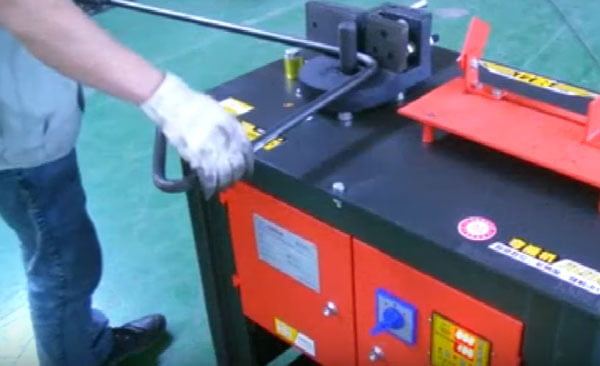
It can process wire diameters ranging from 6 mm to 16 mm. This machine is usually electricity powered and can bend in groups. It cannot cut the bars so we have top pre cut them. The machine bending angle is controlled by its clamps.
Hydraulic stirrup bender
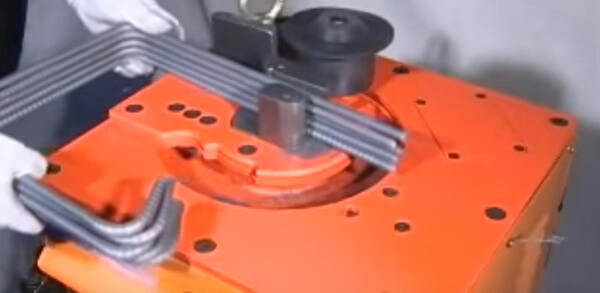
In contrast to an electrical system to power, these machines have a hydraulic systems to power the machine. They are used for bending or folding stirrups in any dimension and from 6 up to 16mm rebar and can have a bending stroke of 1.5 seconds.
The hydraulic motor usually has a capacity of more than 1 kW. These machines also perform table top bending like stirrup bender machine.
Automatic CNC stirrup bender
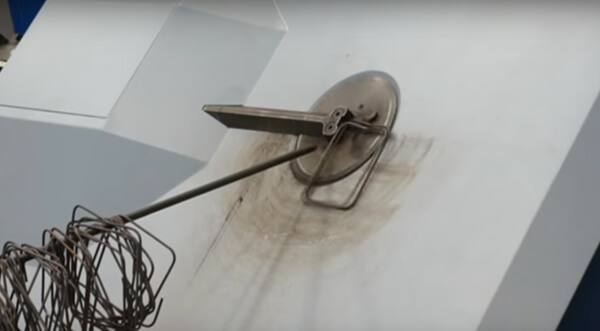
These machine can produce stirrups in bulk. They require an input of CNC file while explains the geometry of stirrup. The machine is CNC-controlled.
It is a Computer Numerical Control machine, which is more convenient and flexible than other stirrup bending machines. Using a PLC (Programmable Logic Controller), the CNC machine bends rebar. The angles for bending could be pre-set via the PLC. This allows for more precise bending than on other machines.
They can accurately bend steel stirrups to any angle. Generally, bending angles range from 0 to 180 degrees. It is generally more common to use 90° and 135° steel bars in construction. CNC bar bending machines can bend round steel bars, deformed steel bars, and TMT bars with diameters from 4mm to 16mm.
How To Use
Now it’s clear what different types of bar benders we have available, let’s see how we can use them.
Manual stirrup bender
Follow these steps to produce stirrups from a manual stirrup bender.
- Adjust the angle. Before using the machine, fix it on a platform. To slide the angle adjustment stop, loosen the bolt on the base of the manual bar bender. Tighten the bolt once it is in the desired position.
- Adjust the length. For measuring the length of each side of your rebar stirrups, you can adjust two stops on the swinging arm of the machine (one for length and one for width, or use only one stop for square stirrups). The attached wingnuts are used to loosen, slide the stop to the desired length, and tighten again.
- Insert the rebar. When the swinging arm is at 12 o’clock (and the stationary arm is at 6 o’clock). Through the stirrup bender, thread the rebar end until it reaches the ruler stop. To bend long pieces of rebar, place the support on the stationary arm of the stirrup bender machine.
- Bend the stirrup. Grasp the end of the swinging arm firmly and swing it towards you to bend the rebar until the angle adjustment stop is reached.
- Repeat the process. Use one ruler stop or alternate between two ruler stops as many times as necessary to achieve your desired stirrup.
Stirrup bender machine
- Ensure that the machine is set up according to assembly rules.
- The machine has clamps installed on its table top. The first thing you should do is to adjust the clamps with the desire angle in stirrups.
- Next, your should take couple of stirrups depending on the depth of the clamps. Usually, 5 or more stirrups can be bent together.
- Once the stirrup rebars are clamped push down the paddle to rotate them by 90 degrees. Then reorganize the stirrups again in the clamps for the second bend and push the paddle again. You should repeat this process until all the 90 degrees bents formed in the stirrups.
Hydraulic stirrup bender
- Unlike Stirup bender machine, it has the desired angle setting available on the front of machine.
- Adjust the desired angle from the front of machine and push the paddles to bend.
- Instead of clamps, it has specially desiged arch shape cavity, where bars are inserted from one end.
Automatic CNC stirrup bender
- Depending on the diameter of the processing steel bar and the specifications of the bending machine, install the mandrel, forming shaft, iron shaft, or variable bracket.
- Look for cracks and damage to the mandrel, stoppers, and turntables. The protective cover is fastened and reliable, and it can only be operated after the empty machine has been confirmed as working normally.
- Put one end of the steel bar that needs to be bent into the gap provided by the turntable, and the other end should be fixed against the fuselage and pressed by hand. Check to ensure that the fuselage is installed on the side blocking the steel bar.
- You should not replace the mandrel, adjust the angle, or refuel the machine during the operation.
- Input the CNC file in machine’s computer. The file contain the geometrical properties of the stirrup.
- Start the machine. It will automatically pull the steel, bend it and cut it.
- You have to input the desired number of stirrups.
rebar stirrup bender for sale, start from $200
Conclusions
To sum up, stirrups are required at almost every reinforced concrete project and stirrup benders are vital for such projects. Stirrups are particularly made by bending steel reinforcement.
Therefore, a mechanism for bending is very important. In this article, we discussed what machine we have to bend the stirrups and how we can use them.
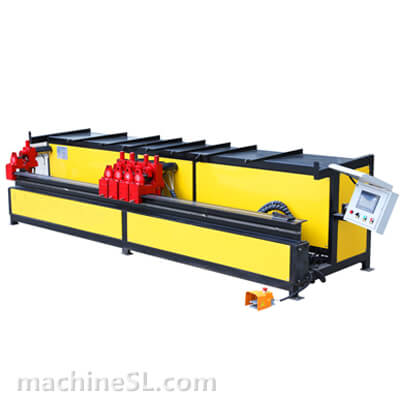
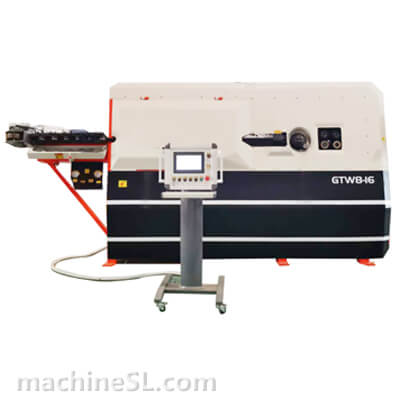
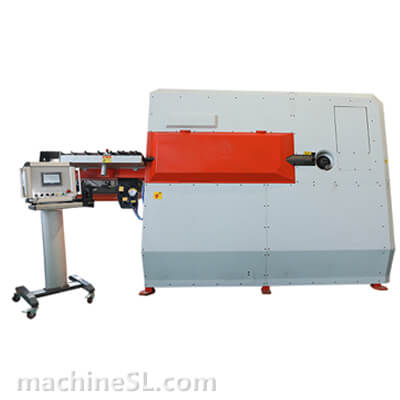
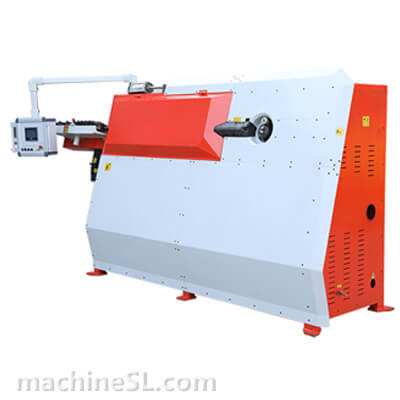
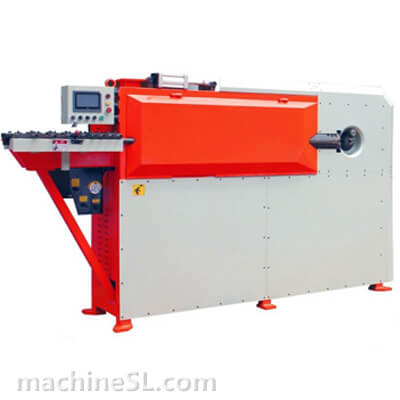
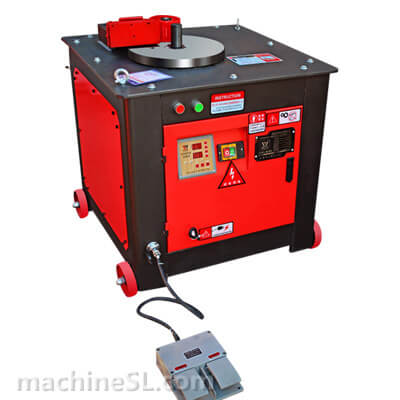
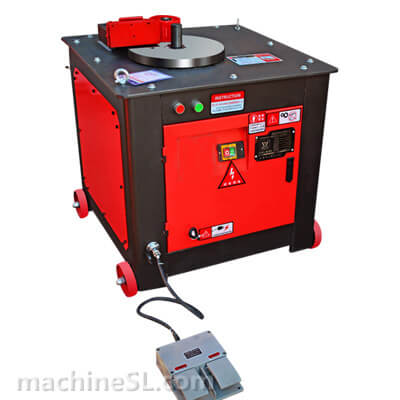
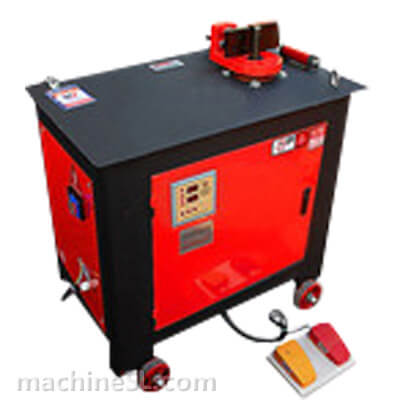
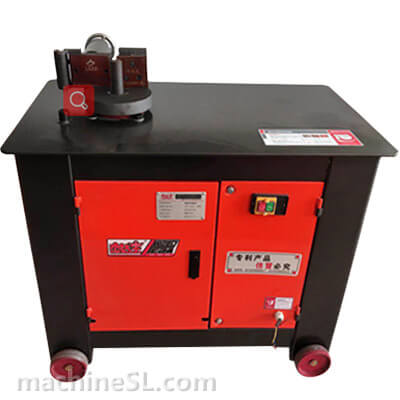
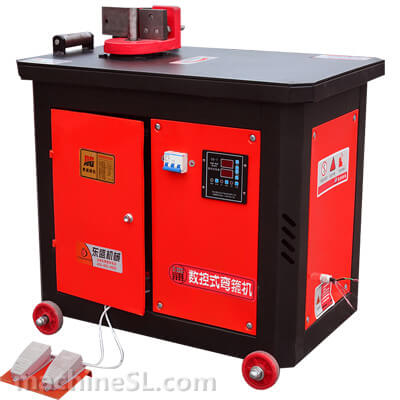
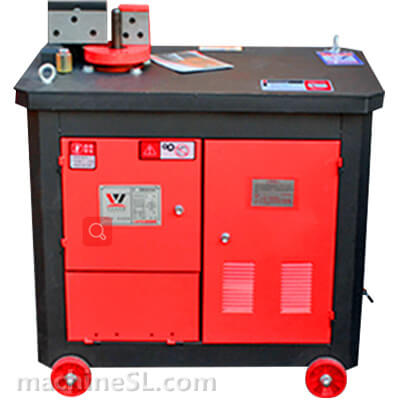
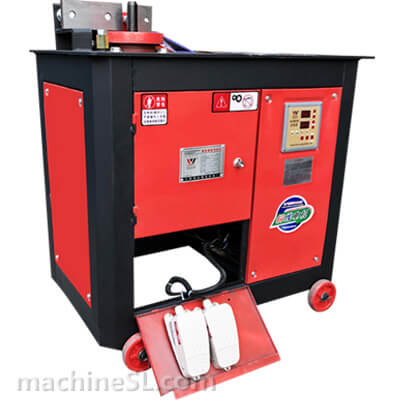
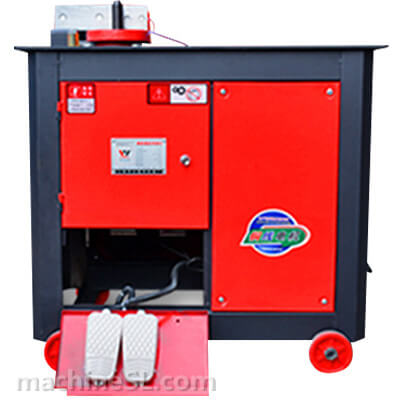
Leave A Comment